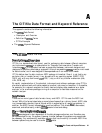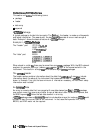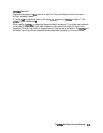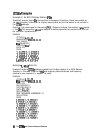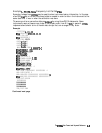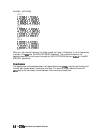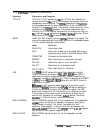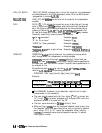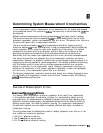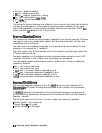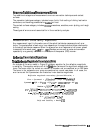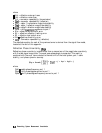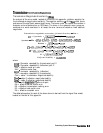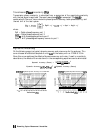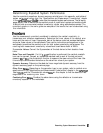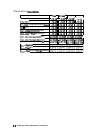
Determining System Measurement Uncertainties
In any measurement, certain measurement errors associated with the system add
uncertainty
to the measured results This uncertainty
deilnes
how accurately a device under test
(DUT)
can
be measured.
Network analysis measurement errors can be separated
into
two types: raw and residual.
The raw error terms are the errors associated
with
the uncorrected system that are called
systematic (repeatable), random (non-repeatable), and drift errors. The residual error terms are
the errors that remain after a measurement calibration.
The error correction procedure,
also
called measurement calibration, measures a set of
calibration devices with known characteristics. It uses the measurement results to effectively
remove systematic errors, using the vector math capabilities of the analyzer. The residual
systematic errors remain after error correction, primarily due to the limitations of how
accurately the electrical characteristics of the calibration devices can be defined and
determined. Also, the random (non-repeatable) and drift errors, cannot be corrected because
they cannot be quantified and measured during the measurement calibration and device
measurement. However, the effects of random errors can be reduced through averaging. The
averaging may then be reduced for device measurement. The residual systematic errors along
with the random and drift errors continue to affect measurements after error correction,
adding an uncertainty to the measurement results Therefore, measurement uncertainty is
defined as the combination of the residual systematic (repeatable), random (non-repeatable),
and drift errors in the measurement system after error correction.
The following measurement uncertainty equations and system error models (flowgraphs) show
the relationship of the systematic, random, and drift errors. These are useful for predicting
overall
measurement performance.
Sources of Measurement Errors
Sources
of
Systematic
Errors
The residual (after measurement calibration) systematic errors result from imperfections
in the calibration standards, the connector interface, the interconnecting cables, and the
instrumentation. All measurements are affected by dynamic accuracy and frequency error
effects For reflection measurements, the associated residual errors are effective directivity,
effective source match, and effective reflection tracking. For transmission measurements,
the additional residual errors are effective crosstalk, effective load match, and effective
transmission tracking.
The listing below shows the abbreviations used for residual systematic errors that are in the
error models and uncertainty equations.
n
Efd, Erd = effective directivity
n
Efs, Ers
=
effective source match
n
Efr, Err
=
effective reflection tracking
Determining System Measurement Uncertainties
B-1



